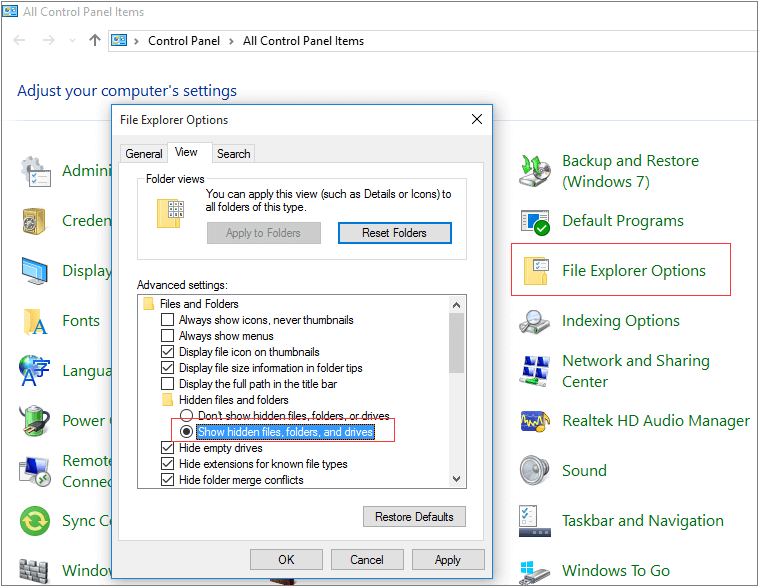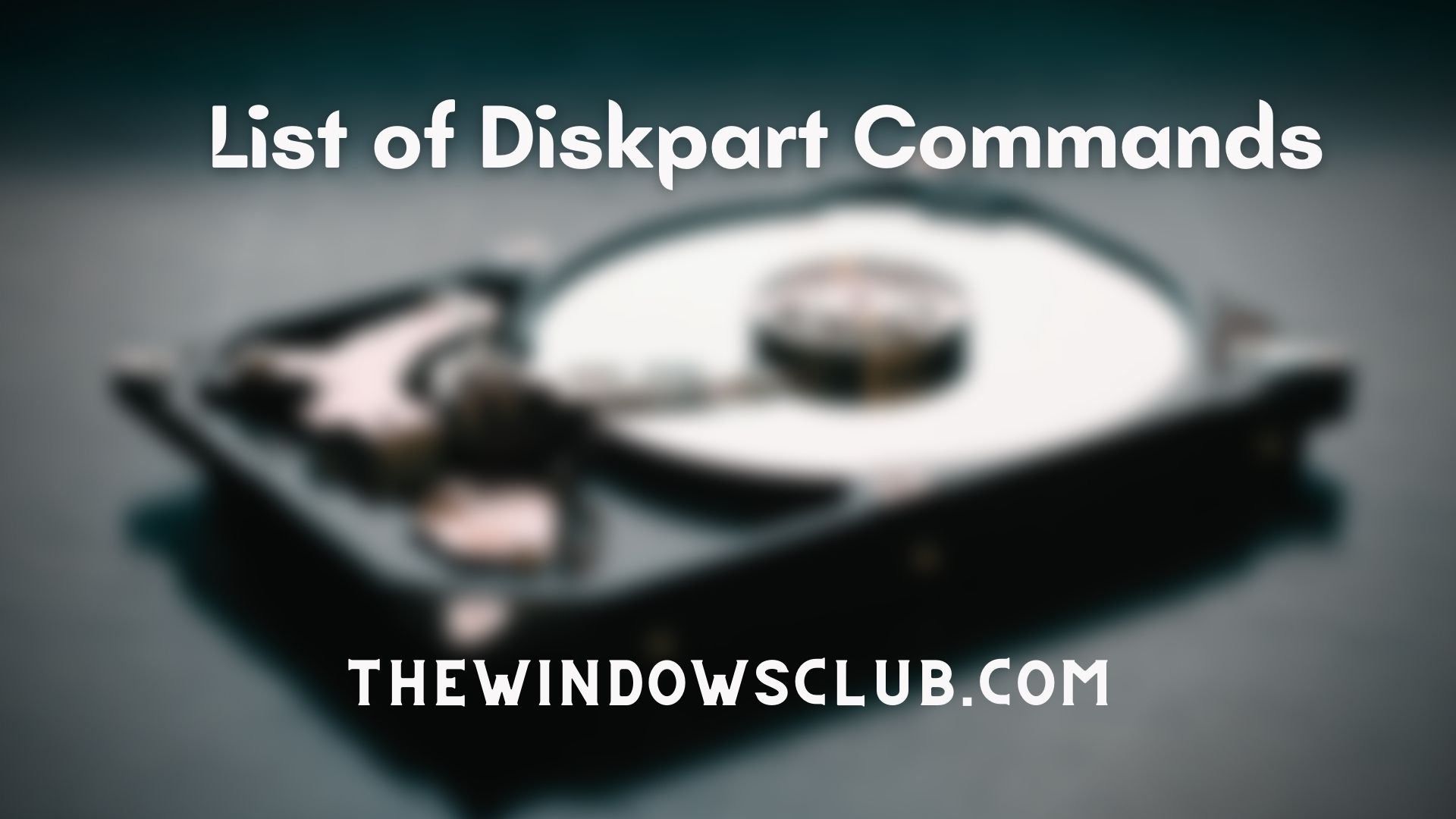

If i reboot the vm and not boot to CD the OS will load fine. Total identified Windows installations: 0 Verify that the jumpers on the hard drive or other IDE devices are set properly to primary or secondary. I have tried various way to unlock it but cannot get anywhere. If a new IDE device was recently added to the computer and the jumpers are not set properly, it can cause a no fixed disk error message. Neither of these are the drive where the OS lives.Ĭouple other option when i select the repair windows option under that recovery console i get an error: The drive where windows is installed is locked. The system cannot find the the drive specified I first booted to a windows server 2012 cd, hit the repair option -> toubleshooting -> command prompt c:

Is there something that I should do to get the disk appear in the diskpart command? BIOS settings currently shows the HDD (1TB).I am having an issue with resetting the local admin password on a windows server 2012 VM.

The hard disk is showing now as Legacy but not sure what that means. So I deleted array in the raid configuration mode.
In 1973, IBM introduced a new type of HDD code. I was thinking that this is something the raid controller is causing the issue. Known as fixed-head or head-per-track disk drives, they were very expensive and are no longer in production. I went to command line to see if the disk is listed using diskpart but it did not list the actual SATA hard drive disk (1TB) and only showing that the external hard disk that has the backup image file. windows did not find any fixed disk that can be used recreate volumes present in backup." I booted into repair mode using USB stick (windows server 2008 r2 bootable) and when I tried to restore from the image file I got the error message "system image restore failed. So now I am trying to perform bare metal restore from external hard disk backup. And I deleted the raid controller to reinstall but this was another mistake because it did not even allow me go into safe mode after the driver installation. then, I did rollback the driver and since then the server was not able to boot into Windows Server 2008 R2 due to BSOD 51 code. I removed the second disk from the server and checked that the fist disk was showing as degraded. But accidentally I installed Intel RAID controller driver and this caused to delete the previous raid controller driver. In this server, there are two hard disks configured in RAID 1. There were frequent BSOD caused by RAID controller in our HP ML100 5G so one of the possible solution was to update the driver to see if it fixes the problem. Before I ask a main question I will briefly give the background how I got into this situation.


 0 kommentar(er)
0 kommentar(er)
